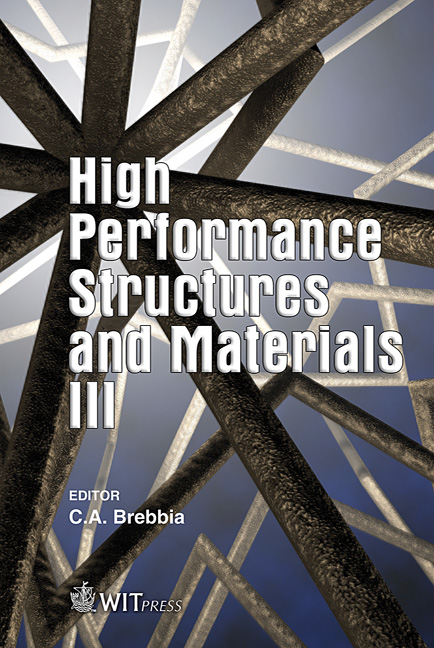Microtexture And Nanoindentation Study Of Delamination Cracking In Al-Cu-Li-X Alloys
Price
Free (open access)
Transaction
Volume
85
Pages
9
Published
2006
Size
1,826 kb
Paper DOI
10.2495/HPSM060541
Copyright
WIT Press
Author(s)
R. Crooks, M. S. Domack & J. A. Wagner
Abstract
Commercial Al-Li alloys have strength and weight advantages over non-Al-Li alloys. The fracture behavior of these alloys is unusual and has limited their use. The fracture mode, described as delamination, is intergranular, along the broad grain boundaries parallel to the rolling plane of the plate. Microtexture analyses have shown that delaminations occur along boundaries with greater than 30º misorientation. However, it was observed that relatively few of the high angle boundaries exhibited this behavior. Some grains of the retained deformation texture show high internal misorientation, which is a measure of stored strain energy. Delamination tends to occur between these grains and adjacent, recrystallized grains. Nanoindentation studies indicate a higher hardness for the high internal misorientation grains. These results suggest that the delamination could be reduced by processing the alloys to minimize grain-to-grain property disparities. Keywords: microtexture, nanoindentation, Al-Li, delamination. 1 Introduction Fracture in aluminum aerospace alloys typically occurs by ductile rupture and/or transgranular shear. Al-Li alloys saw renewed interest in the 1980’s as a low density, high strength alternative to conventional aerospace Al alloys [1]. In addition to exhibiting ductile rupture and transgranular shear, many Al-Li plate alloys in the T8 temper (stretched and age hardened), exhibit delamination fracture. The intergranular fracture in these alloys is referred to as delamination because fracture along the characteristically thin, elongated grains resembles the separation of a laminated material. When the primary crack is perpendicular to
Keywords
microtexture, nanoindentation, Al-Li, delamination.





